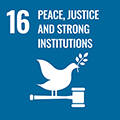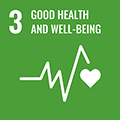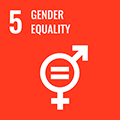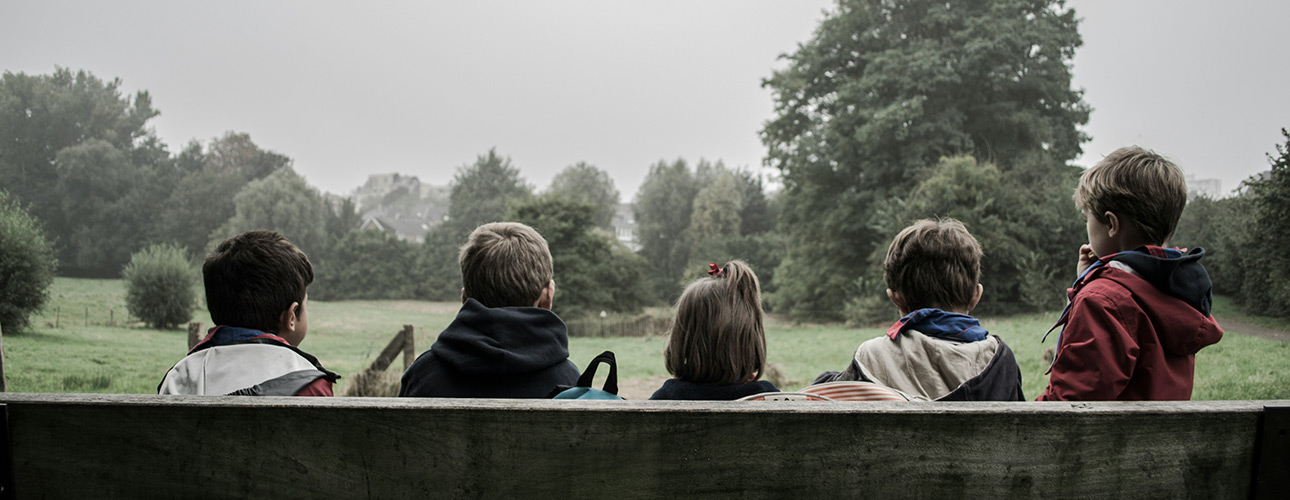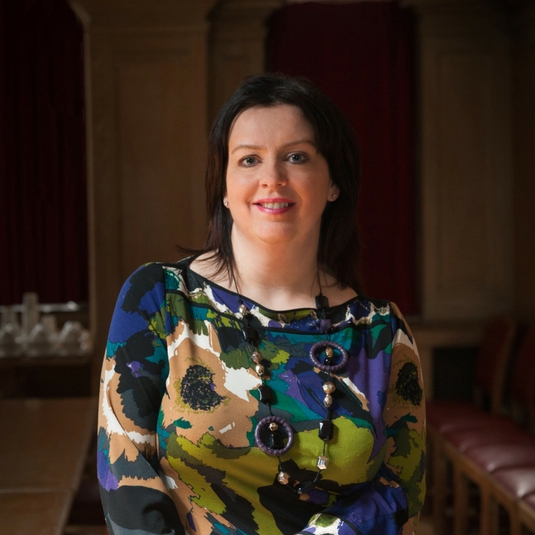Research conducted at Queen’s prompted reform of the law relating to grooming in seven Australian states and territories. The research highlighted the ‘legislative gap’ that exists with respect to the grooming of persons other than a child. The research offered a new definition for grooming and recommended the enactment of a new grooming offence across Australia.
Research Challenge
Challenging the definition of ‘Grooming’
Grooming is generally taken to refer to the preparatory process which precedes child sexual abuse. However, it is not always acknowledged that in addition to a child as the intended or primary victim, families and parents/carers can also be groomed in order to gain access to a child; and that, as a ‘preparatory behaviour’, this is not currently captured by the criminal law.
Our Approach
Highlighting the limitations of current legislation
Using a range of methodologies including comparative, doctrinal, theoretical and empirical), research carried out by Professor McAlinden examines the dynamics of sexual offending behaviour, including grooming.
The research highlighted the limitations of current legal responses to grooming in a range of jurisdictions, including Australia, the United States and the United Kingdom, which for the most part recognised grooming in very narrow terms as occurring only in on-line settings.
It argued for the need for law and policy to broaden their understanding of grooming in order to capture the multi-dimensional nature of grooming behaviour and the ways in which it can occur in a range of contexts including both on-line and off-line.
"The research has been highly influential in shaping understanding of the scope and complexities of grooming."
What impact did it make?
Shaping a better understanding of child grooming
The research has been highly influential in shaping understanding of the scope and complexities of grooming. The Royal Commission into Institutional Responses to Child Sexual Abuse modelled their understanding of grooming on the definition put forward by the research and recommended the enactment of a new grooming offence across Australia.
This research produced a new and original definition of grooming which better captures the complexity of the process, incorporating, for the first time, all aspects of grooming including on the internet, via families, within institutions and among peers:
(1) the use of a variety of manipulative and controlling techniques
(2) with a vulnerable subject
(3) in a range of inter-personal and social settings
(4) in order to establish trust or normalise sexually harmful behaviour
(5) with the overall aim of facilitating exploitation and/or prohibiting exposure.
Through a series of monographs, book chapters and journal articles as well as public presentations and expert testimony, the research has directly broadened the political, public and legal understanding of grooming and its role in child sexual abuse.
Our impact
Impact related to the UN Sustainable Development Goals
Learn more about Queen’s University’s commitment to nurturing a culture of sustainability and achieving the Sustainable Development Goals (SDGs) through research and education.
